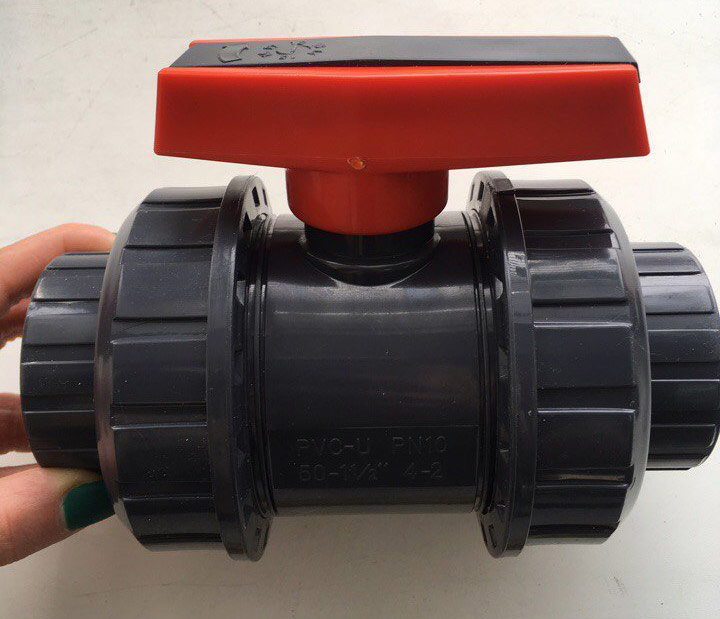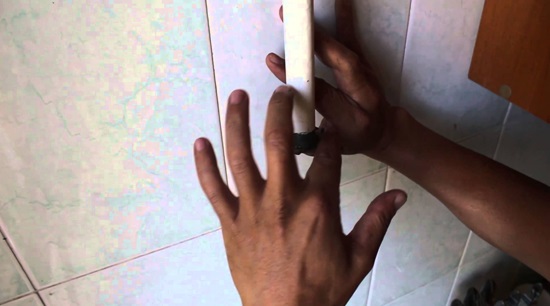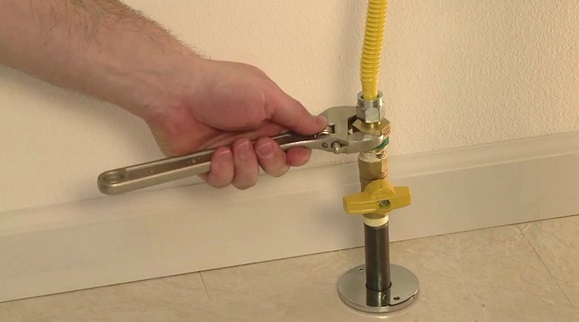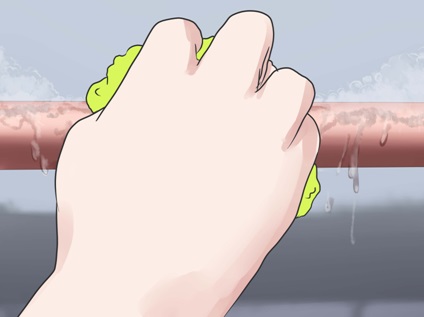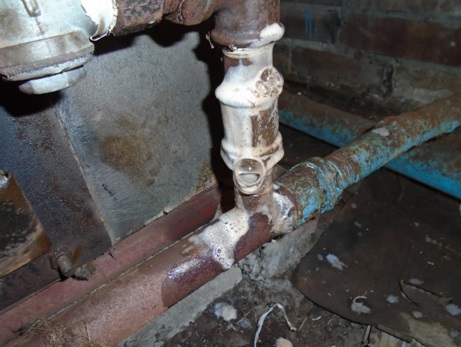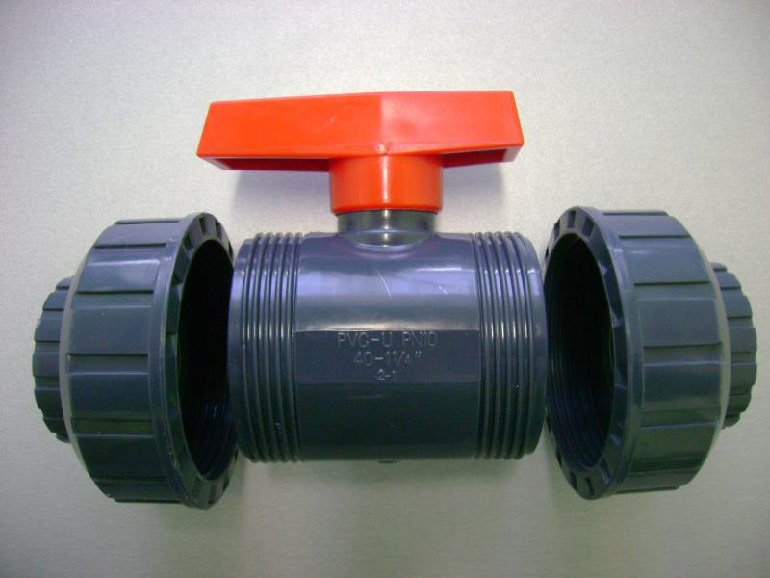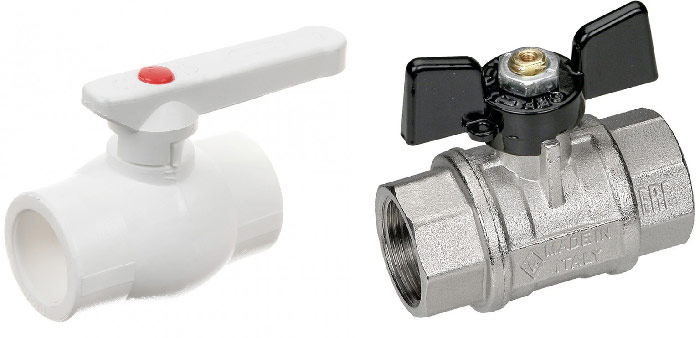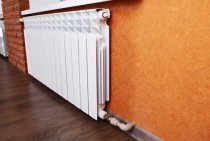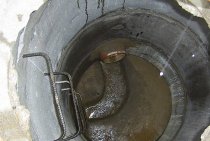Advantages of plastic products
There are almost no drawbacks to plastic locking valves:
- the possibility of using the valve only to stop and resume the supply of the working medium, since during the operation of the product for regulating the flow, it quickly becomes unusable;
- instability to high temperatures and pressure;
- impossibility of repair in case of failure.
However, plastic taps have much more advantages:
- the cost of materials is low, and the processing of polymers is easier than working with metal, so plastic fittings are cheaper than metal fittings;
- the chemical and biological inertness of polymers makes products made of them resistant to corrosion and deposits on the walls and environmentally friendly - no toxic substances enter the working environment, harmful microorganisms do not settle in the inside of the reinforcement;
- the service life of ball valves with proper operation is at least 50 years;
- polymer fittings are suitable both for connecting plastic pipes and for connecting pipeline elements from different materials;
- due to the simplicity of the device, ball valves are easy to install and do not require further maintenance: seals do not lose their sealing properties, the metal ball of the locking mechanism does not stick to the plastic body;
- full bore ball element does not reduce the throughput of the pipeline;
- lightweight plastic requires no effort during transportation and installation, does not stress the pipeline and fasteners.
PVC ball valve application
PVC shut-off valves are used to shut off the flow of aggressive working media in industrial pipelines and non-aggressive ones in domestic communications.
In systems of cold and hot water supply, PVC ball valves are installed on the branches of the pipeline - this allows you to stop the water supply during the scheduled or emergency repair of the branch, without turning off the entire system.
Also, this type of valves is used in low-temperature heating systems and especially in underfloor heating systems - here the tap helps not only to painlessly repair the desired section of the network, but also turn off the heating of one or more rooms.
Taking into account the numerous advantages and few, but important disadvantages of polymer reinforcement is the key to trouble-free installation and operation of communication networks:
Polymer valves are installed only on pipelines made of the same polymers - this avoids the difference in thermal expansion and breakage of the assembly. Therefore, PVC fittings are installed only on PVC pipelines.
- The most reliable are one-piece connections, and the easiest to install are detachable. Therefore, it should be determined what is more important for a particular pipeline. Crimp taps can be placed on cold water pipes and at the points of connection of household appliances - if the unit is depressurized, cold water is not dangerous, but in the event of an accident, the fittings can be easily dismantled and replaced. It is better to equip the pipelines of hot water supply and the heating system with one-piece taps that can withstand high temperatures and water hammer, for example, welded or pressure-tested ones - this will reduce the likelihood of an accident, and repairs on these engineering networks are carried out infrequently, so the complexity of dismantling the nodes does not play a role.
- When installing a pipeline or one of its branches, it is worth buying pipes and valves from the same manufacturer that have the same internal section and purpose. There will be no problem during installation, since the elements fit exactly together, and operation, since there will be no difference in thermal expansion.Often, plastic fittings and valves come with pipes.
- Cranes, like pipes, are necessarily marked: they indicate the throughput, limit operating parameters. The presence of marking, firstly, is a confirmation that plastic products are manufactured in a factory, and not in a handicraft way. Secondly, these parameters allow you to choose materials for the installation of the pipeline, corresponding to the transported working environment.
- When installing the tap, the connecting pipes are cleaned of dust and debris, if necessary, washed, dried and degreased - this is a mandatory preparation for any connection method.
- Ball PVC fittings do not require maintenance, however, if such a valve begins to leak, it will no longer be possible to tighten it or replace the seals, you will have to change the entire valve.
Replacing a valve on a gas pipeline
Replacement scheme
Replacing valves in an apartment on a gas supply pipe is carried out in the following way:
- preparation of materials. To carry out the work you will need:
- a new valve, selected in all respects;
- two wrenches;
- means for sealing joints (linen thread and graphite grease);
- plug (required if the work is performed by one person);
- before replacing, it is necessary to shut off the gas supply to the room. To do this, the old valve must be transferred to the “closed” position, that is, perpendicular to the pipe. Then you need to remove the remaining gas from the pipeline (for example, burn it with a stove burner);
- dismantling of the old valve:
- if the valve is installed on the thread, then the fixing elements are unscrewed;
- if the valve is installed by welding, then the device is cut out of the gas pipeline;
In place of the welded valve, it is recommended to install a threaded valve. To do this, threads are cut at the ends of the pipeline using a die.
How to cut a thread on a pipe yourself
- a plug is installed at the end of the pipeline. If the work is done together, then the pipe can be drowned out with a finger;
- the thread is treated with sealing materials. For the strength of the connection and the smooth running of the valve, graphite grease is applied over the linen thread;
Threading with graphite lubricant
- new faucet installed.
Installing a new valve on a gas pipe
For safety reasons, the replacement of the gas valve must be carried out in a well-ventilated area and with electrical appliances turned off.
Leak test
After installing the valve on the gas pipe, it is necessary to check the tightness of the connections obtained and the device itself. You can determine the presence of a gas leak as follows:
- a saturated soapy solution is introduced. To do this, the maximum amount of any soap must be diluted in water;
- with the resulting solution, with the help of a sponge, the joints and the valve are coated.
Using Soap Solution to Detect Gas Leaks
If the junction of the valve with the pipes is not tight, soap bubbles will form.
The formation of a bubble indicates a violation of tightness
If a leak is detected, it is recommended to perform all work again and increase the sealing.
You can replace all the valves in the living room yourself. To carry out the work requires minimal knowledge and a small set of tools.
Metal-plastic or polypropylene
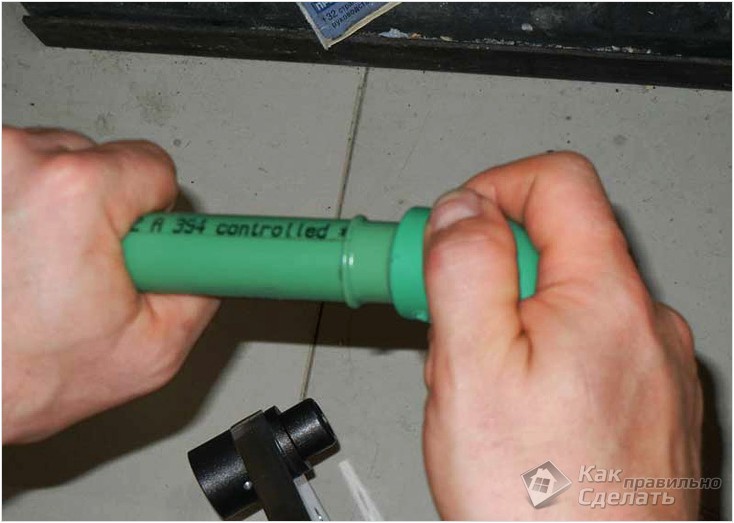
Modern plumbing equipment is, first of all, five-layer pipes made of metal-plastic, which have gained particular popularity due to their many advantages over other types of pipes:
- compacted inner layer of polyethylene;
- elastic aluminum layer of the pipe, which retains the shape and configuration specified during installation;
- connecting the inner and outer layers of the polyethylene of the pipe with its aluminum layer using glue;
- durable layer of anti-corrosion polymer;
- not obligatory observance of the exact calculated dimensions when installing pipes made of metal-plastic.
When installing plumbing equipment, another type of pipe is also used - polypropylene pipes. Their advantages over metal-plastic ones are economic benefits (polypropylene pipes are at least three times cheaper), as well as ease of installation. They can be connected without much difficulty even with metal pipes.
Three way valve
There are a shut-off valve (redistributes the flow by means of a ball mechanism) and a control valve (the exact supply of the internal medium is regulated by a stem).
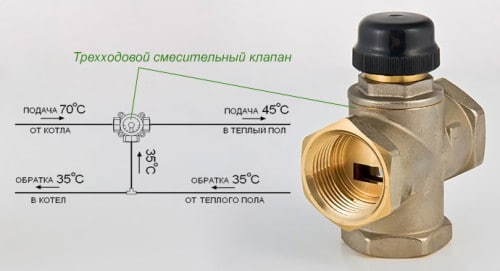
A siphon tube is used to protect the pressure gauge, the purpose of a three-way valve is to turn off the device that measures gas pressure and purge the connecting hoses. The siphon tube can be omitted if the internal environment of the vessels is not aggressive.
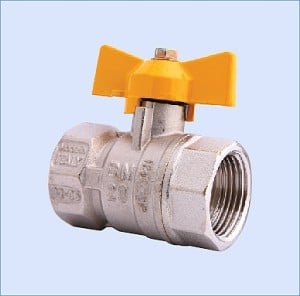
Such a valve is mounted not only in high-pressure installations, but also in heating lines. Since the water moves through the pipeline and gradually cools down, the heat in the heating system is distributed unevenly. A three-way valve redistributes the flow of water, and hence heat.
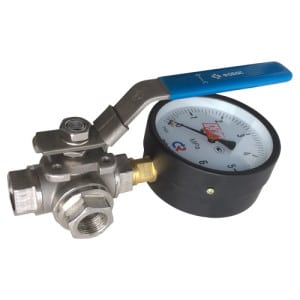
A mixer made of an alloy of aluminum and silumin attracts with its low cost, but it can fail within a month after the start of operation. A quality brass faucet will last 7 years or more. When choosing mixers and locking devices, you should focus not on the brand, but on the weight of the product. The larger it is, the longer the crane will last on a polypropylene or metal-plastic pipe.
Add a comment
Features of the structure of ball valves
All types of shut-off and control valves have a similar device and consist of a body, seals, regulating and control mechanisms. Ball valves differ from other locking devices by the type of mechanism, which is a ball or sphere with several through holes - two or more, depending on the purpose of the valve. Between the body and the locking ball there are seat seals that provide tightness and reduce friction.
In the closed position, the ball is turned with its blind side towards the flow, and the through holes - towards the walls of the body, the seats ensure reliable tightness of the valve. In the open position, one or more through holes turn to the supply pipes, passing the working medium into the ball, and through the hole on the opposite side, liquid or gas flows further through the pipeline.
According to the materials used for the manufacture of fittings, ball valves are divided into two types:
- metal (steel, cast iron, brass, bronze, aluminum),
- plastic (polyvinyl chloride, polyethylene, polypropylene).
However, this classification takes into account only the body material, since the ball mechanisms of all valves without exception are made of stainless steel. It is the ball that must withstand the pressure of the working environment in the closed position of the valve, so the strength of the material is the key property here.
In ball valves made of polymers, including polyvinyl chloride, there is no regulating function, and the valve can only be in two positions: open and closed.
In addition, unlike metal, plastic valves are made only full bore, that is, the holes of the ball mechanism have the same throughput as the pipes on which the fittings are installed.
The ball valve is controlled by a mechanism consisting of a rod that drives the control ball, and a direct control unit - a butterfly valve or a lever.
Valves with a through hole with a diameter of up to 15 cm are controlled manually, larger ones are equipped with a pneumatic, electric or hydraulic drive, which allows you to open and close the valve without applying much physical force.
